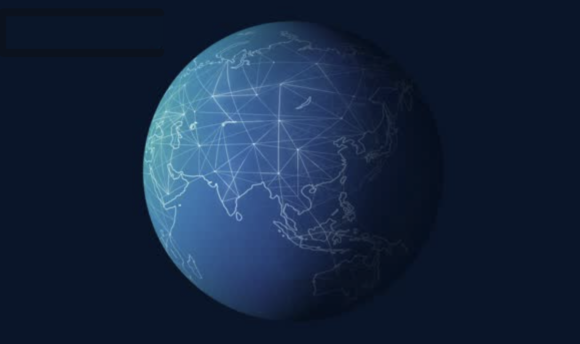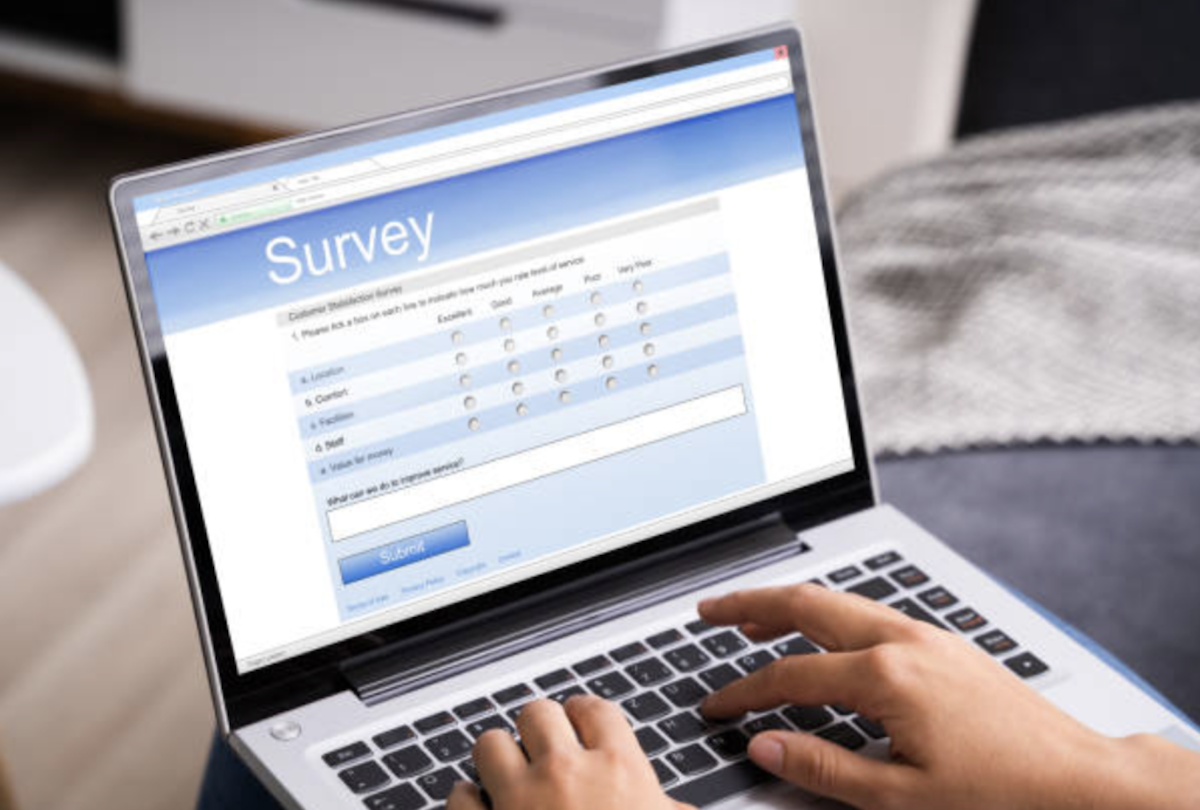Assessing international opportunities based on macroeconomic trends involves analyzing various economic indicators and factors that can impact a country’s economic performance. Here’s a step-by-step guide to help you in this assessment:
- Identify the Purpose and Goals:
- Clearly define the purpose of your assessment. Are you looking for investment opportunities, market expansion, or trade partnerships?
- Select Target Countries:
- Narrow down your list of potential countries based on your goals, industry, and risk tolerance.
- Collect Macro Data:
- Gather macroeconomic data from reliable sources such as government publications, international organizations (e.g., IMF, World Bank), and reputable financial institutions.
- Key indicators include GDP growth, inflation rate, unemployment rate, interest rates, fiscal policies, trade balance, and exchange rates.
- Evaluate Economic Stability:
- Assess the overall economic stability of the country. Look for trends in GDP growth and stability, as well as inflation rates. Stable economies are generally more attractive for business.
- Analyze Fiscal and Monetary Policies:
- Understand the fiscal policies (government spending and taxation) and monetary policies (interest rates, money supply) in the target country. These policies can significantly impact business operations.
- Examine Exchange Rates:
- Analyze exchange rate trends, as they can affect the cost of goods, competitiveness, and profitability. Consider both short-term and long-term exchange rate stability.
- Evaluate Trade Policies and Agreements:
- Assess the country’s trade policies, tariffs, and participation in international trade agreements. Favorable trade conditions can benefit your business.
- Consider Regulatory Environment:
- Investigate the regulatory environment, including business laws, intellectual property protection, and ease of doing business. A transparent and favorable regulatory environment is crucial.
- Review Political and Social Stability:
- Evaluate the political and social stability of the country. Political stability is essential for a secure business environment, and social factors can impact consumer behavior.
- Assess Infrastructure and Technology:
- Consider the quality of infrastructure, transportation, and technology in the country. Modern infrastructure can facilitate business operations and growth.
- Evaluate Demographics and Market Trends:
- Understand the demographics of the target market, including population size, age distribution, and income levels. Identify market trends and potential consumer behavior changes.
- Calculate Risk Factors:
- Quantify risk factors associated with the country, such as economic, political, and currency risks. Use risk assessment tools and consider historical data.
- Conduct Competitor Analysis:
- Analyze the competitive landscape in the target country. Understand the strengths and weaknesses of existing competitors and identify any gaps in the market.
- Consider Cultural Factors:
- Be aware of cultural nuances that can impact business operations, marketing strategies, and customer relationships.
- Seek Expert Advice:
- Consult with experts, economists, and business advisors who specialize in the target region. They can provide valuable insights and guidance.
- Create a Comprehensive Report:
- Summarize your findings in a comprehensive report that includes a risk analysis, market potential, and recommended strategies.
Remember that international opportunities come with inherent risks, and thorough research is essential to make informed decisions. Additionally, staying updated on global economic trends and geopolitical developments is crucial for ongoing success.




